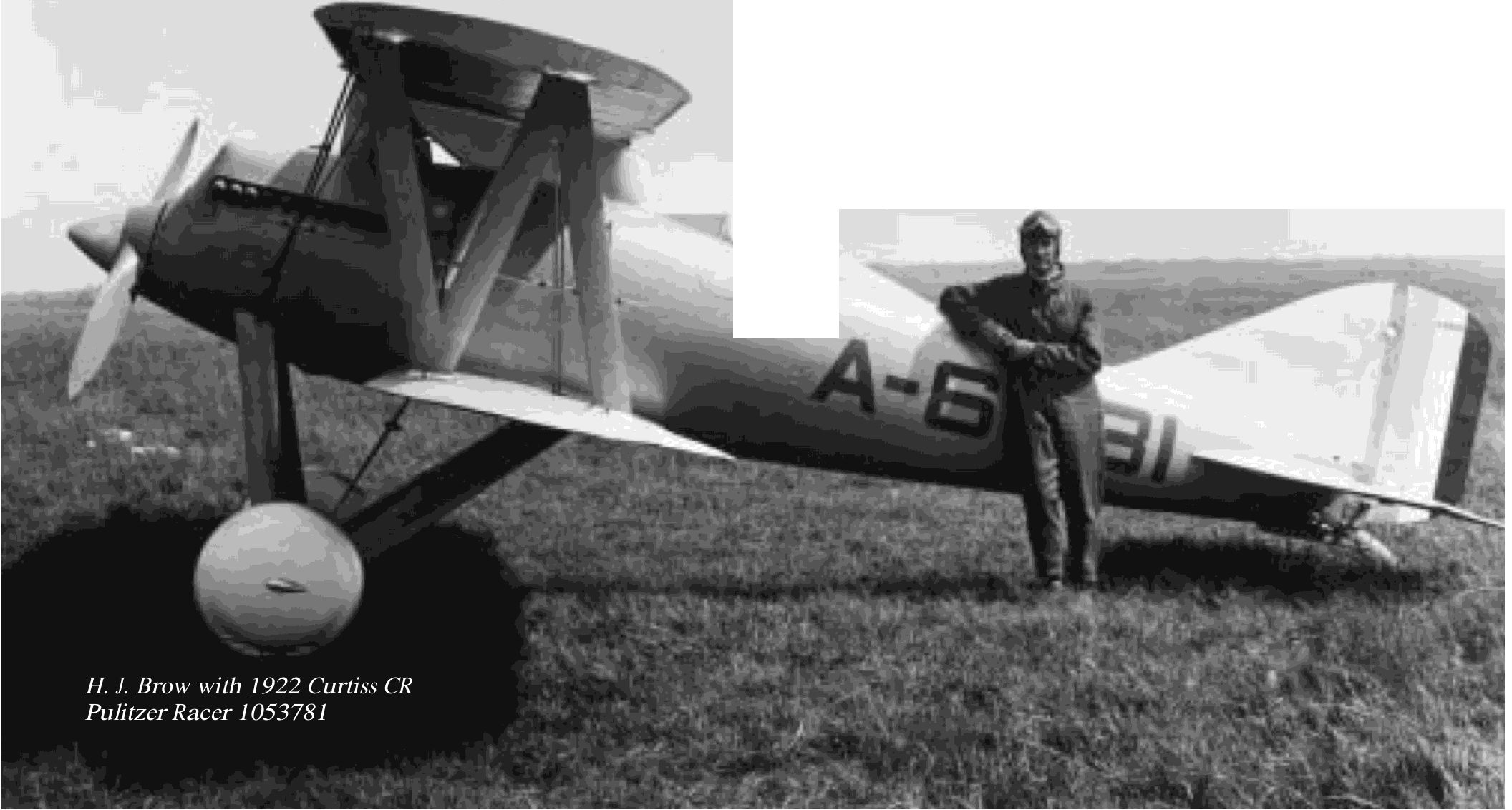
1922-Contin ued
17 July
The Chief of Naval Operations forwarded a
list of Bureau and Division representatives to the
Bureau of Navigation with the request that they be
ordered to meet as a board for the purpose of drawing
up tactical doctrine governing the employment of
spotting aircraft in fleet fire control.
27 September
The first mass torpedo practice
against a live target was conducted off the Virginia
Capes by 18 PT aircraft of Torpedo and Bombing
Plane Squadron One. The squadron attacked the des-
ignated target,
Arkansas
(BB 33), which was one of a
formation of three battleships that were maneuvering
while running at full speed. The attack lasted over a
25 minute period during which the aircraft
approached the ships from port and starboard and
released 17 Mk VII Model 1 "A" torpedoes at distances
of 500 to 1,000 yards and obtained eight hits on the
designated target. Subsequent analysis emphasized
artificialities which prevented the practice from
demonstrating combat capability of either the surface
or air units but the outstanding fact demonstrated was
that torpedoes could be successfully launched from
aircraft, and be made to run straight.
UNITED STATES NAVAL AVIATION
1910-1995
53
27 September
Commanding officer, NAS Anacostia,
D.C., proposed that radio could be used to detect the
passage of a ship at night or during heavy fog. The
means proposed, the "Beat method of detection," resulted
from the unexpected nature of a radio signal observed by
Commander A. Hoyt Taylor and Mr. L. C. Young of the
Aircraft Radio Laboratory, NAS Anacostia, when a passing
river steamer interrupted experimental high frequency
radio transmissions between Anacostia and a receiver
across the river at Hains Point, D.C. The observation and
analysis of the phenomenon was a basic step in the chain
of events that led to the U.S. Navy's invention of radar.
8 October
The Curtiss Marine Trophy Race for sea-
planes, held at Detroit, Mich., as an event of the
National Air Races, was won by Lieutenant Aldophus
W. Gorton, flying a TR-1 powered by a Lawrance, J-l
engine. He averaged 112.6 mph over the 160 mile
course. Second place went to Lieutenant Harold A.
Elliott in a Vought VE-7H.
14 October
Lieutenants Harold 1. Brow and Alford J.
Williams, flying CR-2 and CR-1 Curtiss Racers with
Curtiss D-12 engines, finished third and fourth in the
Pulitzer Trophy Race at Detroit, Mich., making speeds
of 193 and 187 mph, respectively.
A
--
 |
7 |
 |